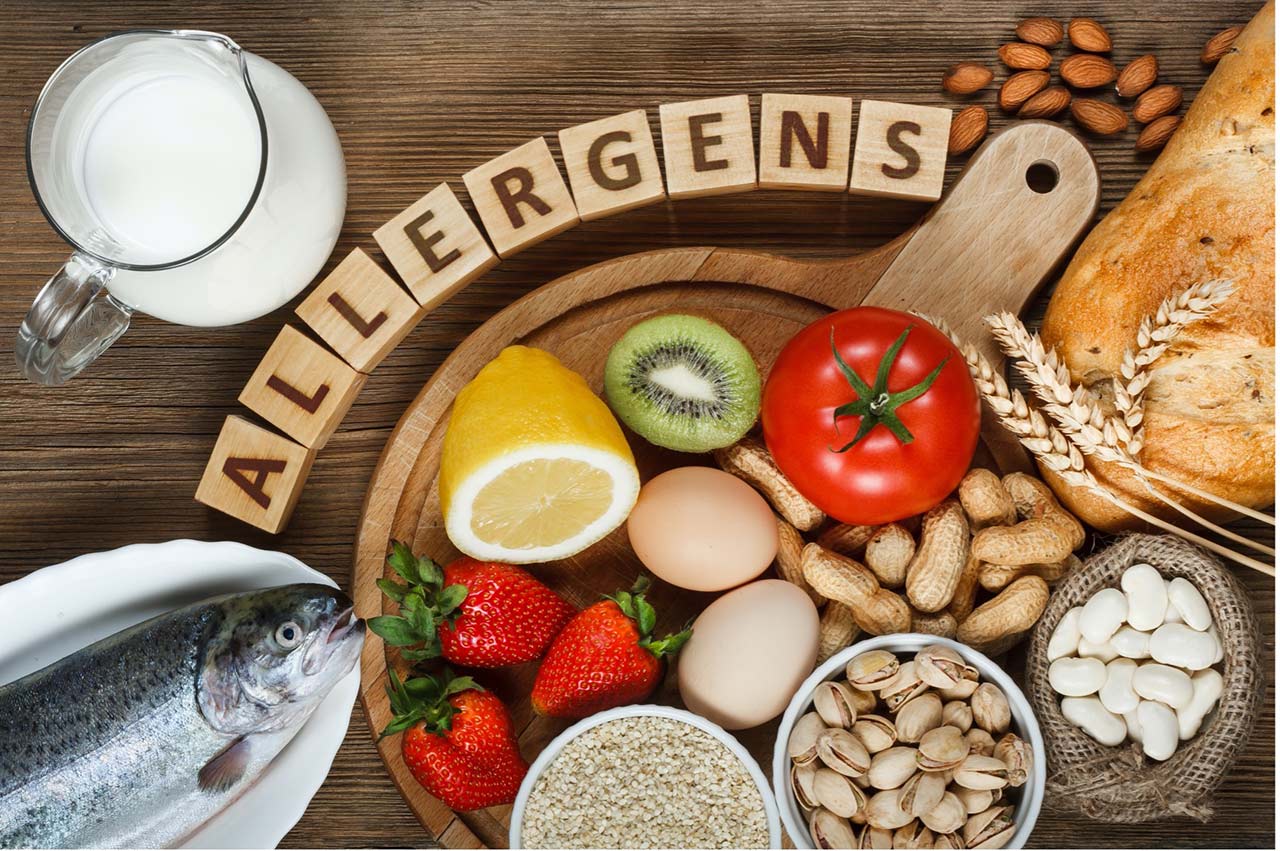Food Allergy vs Food Intolerance: What is in a Name?
- Written by: Lynne Lafave

Are food allergies becoming more common? Maybe, and then again, maybe not.
Sometimes, it may seem like everyone has allergies! We are sure you know at least one person with a peanut, gluten, or dairy allergy but these allergies did not seem so common 20 years ago. So, what has changed?
Health professionals have found that their clients have some confusion between the terms food allergy and food intolerance.
So, what is in a name?
A food allergy occurs when your immune system reacts to a harmless food protein and starts an immune defense against that protein. When that food is eaten again, your body mounts a defense against that food protein releasing histamines and other immune products leading to classic symptoms of itchy rash, swelling, and in some cases vomiting and diarrhea.1
In some cases, a severe food allergy threatens breathing and can be life-threatening which is known as anaphylaxis. Many individuals with anaphylactic allergies carry epi-pens with them just in case they are exposed to give enough time to get emergency help.1
Allergic responses to food involve the immune system and can appear soon after the food has been eaten (immediate-type reaction) or even a few days after the food has been eaten (delayed reaction).
For children, the most common food allergens are:2
- milk
- eggs
- shellfish (especially prawns)
- fish
- soy
- peanuts
- wheat
- tree nuts (e.g., hazelnuts, almonds, walnuts, Brazil nuts, cashew, and pistachio nuts)
These eight allergens account for about 90 percent of all allergic reactions, however allergic reactions to other foods such as sesame and kiwi are becoming more common.1
So, what is food intolerance? Intolerances do not involve the immune system and are rarely life-threatening but can create pain and discomfort. An example of an enzyme-food intolerance is lactose intolerance. The low or missing enzyme makes digesting milk challenging, which can cause bloating and discomfort.3
Common food intolerances include:
- lactose (milk sugar)
- red wine, strong and blue cheeses, tuna, mackerel, pork products
Reactions to foods can either involve the immune system – a food allergy or do not involve the immune system – a food intolerance.
Overall, it is difficult to know if allergies are becoming more common; more research is needed to determine if food allergies really are increasing. What we do know is that allergies, sensitivities, and intolerances are different conditions that are best managed in partnership with your doctor. If you suspect you may have allergies, intolerances, or sensitivities, talk to your doctor and ask for a referral to an allergy specialist.
For a quick video on food allergy vs food intolerance, check out this video from the Food Standard Agency.
References
-
Food allergy and intolerance. (n.d.). Food Standards Agency. Retrieved from https://www.food.gov.uk/safety-hygiene/food-allergy-and-intolerance
-
Food Allergies (for Parents)—Nemours KidsHealth. (n.d.). Retrieved from https://kidshealth.org/en/parents/food-allergies.html
-
Li, James. (2020). Food allergy vs. food intolerance: What’s the difference? Retrieved from https://www.mayoclinic.org/diseases-conditions/food-allergy/expert-answers/food-allergy/faq-20058538
Author Bio
Lynne Lafave is an associate professor in the Department of Health and Physical Education at Mount Royal University in Calgary Alberta. She holds a doctorate in nutritional sciences and her research focuses on nutrition, physical activity, and well-being initiatives in early childhood education and care. As the principal investigator on the CHEERS project, she works jointly with early childhood educators and CHEERS project coordinators to support early child health and well-being initiatives in the early childhood education and care setting.